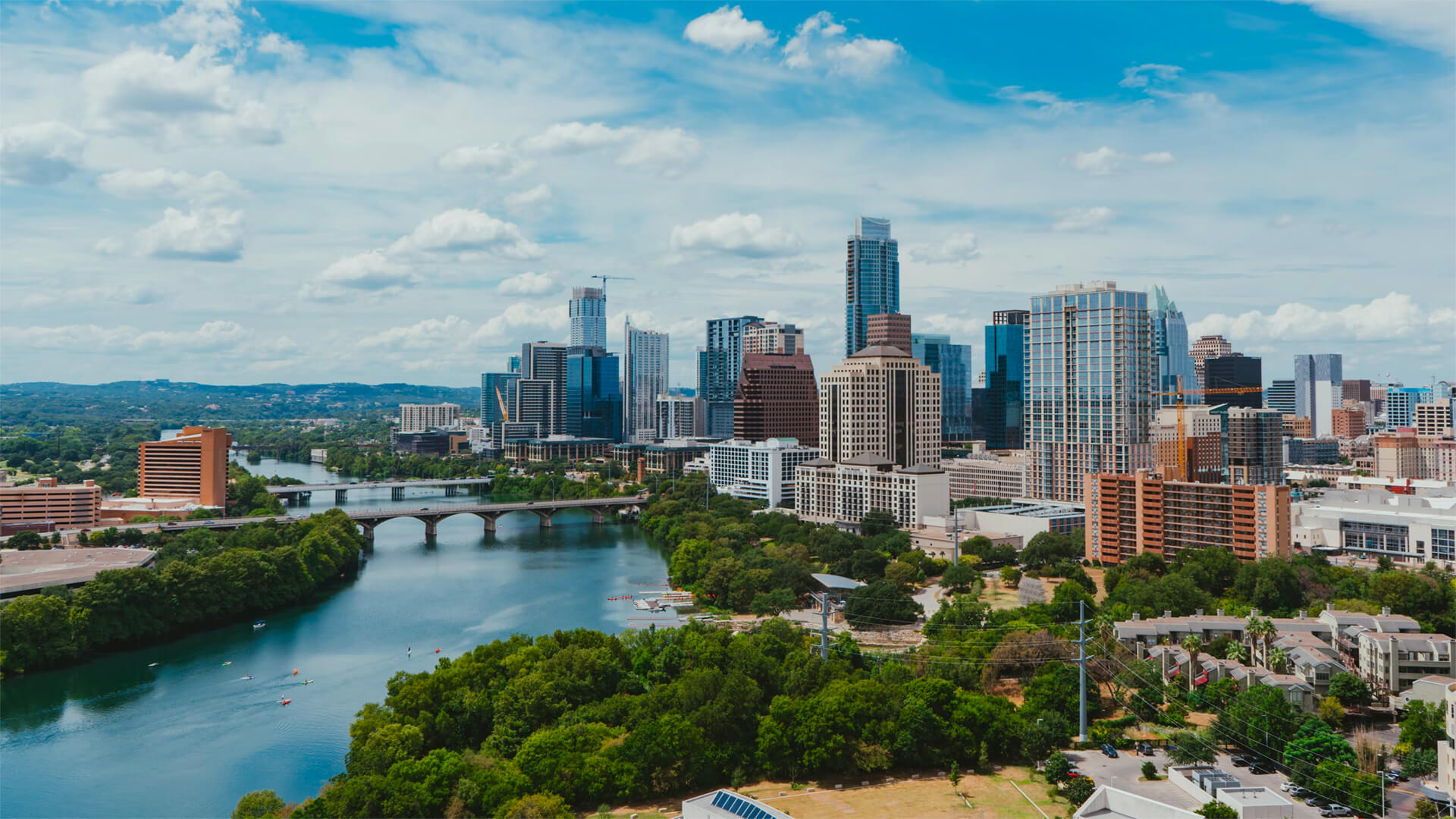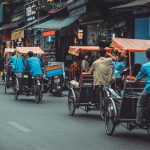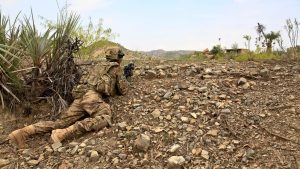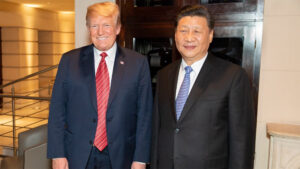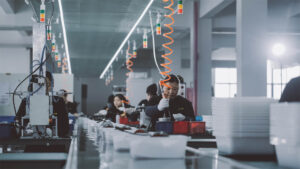I may have ditched the “howdys” and “y’alls” for the high mountains of Colorado, but Austin remains part of one of the fastest-growing economic and urban zones in the western hemisphere. However, Austin can’t credit all of its success to the “Keep Austin Weird” bumper stickers…
The key here is in the neighborhood. It’s a blue city in a red state, so they get low taxes and a high level of city services. More importantly, Austin falls right in the middle of the Texas Triangle – a zone comprised of San Antonio, Houston, and Dallas.
Houston is an energy hub and heavy into manufacturing. Dallas is an auto and aerospace hub. Both of those are financial centers in their own way. San Antonio offers a low cost of living and low labor costs. Austin happens to be the missing piece in the Texas Triangle, high-end tech. Austin can operationalize the research the other cities need and disseminate the plans from there.
It doesn’t look like Austin’s growth will be slowing down anytime soon. As the world faces deglobalization, Texas (the triangle specifically) will play a critical role for the US.
Prefer to read the transcript of the video? Click here
Here at Zeihan On Geopolitics we select a single charity to sponsor. We have two criteria:
First, we look across the world and use our skill sets to identify where the needs are most acute. Second, we look for an institution with preexisting networks for both materials gathering and aid distribution. That way we know every cent of our donation is not simply going directly to where help is needed most, but our donations serve as a force multiplier for a system already in existence. Then we give what we can.
Today, our chosen charity is a group called Medshare, which provides emergency medical services to communities in need, with a very heavy emphasis on locations facing acute crises. Medshare operates right in the thick of it. Until future notice, every cent we earn from every book we sell in every format through every retailer is going to Medshare’s Ukraine fund.
And then there’s you.
Our newsletters and videologues are not only free, they will always be free. We also will never share your contact information with anyone. All we ask is that if you find one of our releases in any way useful, that you make a donation to Medshare. Over one third of Ukraine’s pre-war population has either been forced from their homes, kidnapped and shipped to Russia, or is trying to survive in occupied lands. This is our way to help who we can. Please, join us.
CLICK HERE TO SUPPORT MEDSHARE’S UKRAINE FUND
CLICK HERE TO SUPPORT MEDSHARE’S EFFORTS GLOBALLY
TRANSCIPT
Hey everybody. Peter Zeihan here coming to you from the Lamar Passenger Bridge in downtown Austin. As some of you remember, this was my home for 20 odd years. And I am proud to say that the city is still doing strong.
Austin is at the middle of what is called the Texas Triangle, which has been the fastest growing economics and urban zone in the Western Hemisphere for about 25 years now. And the story is in the neighborhood. So Texas is a red state. So the taxes are low. In fact, in the state of Texas, there is no income tax at all. But this is a relatively blue city, so it has a reasonably high level of city services. That sort of combination has really helped urban areas in a similar match, places like Lexington, Kentucky or Atlanta, Georgia.
But there’s more than that. The Texas Triangle, as you might expect, has three major urban zones of which Austin is not technically one. The big three are San Antonio, Houston and Dallas. Houston is obviously an energy and heavy manufacturing hub. Dallas is an automotive and aerospace hub. Both of them are financial centers in their own way. And then San Antonio has lower cost of living and lower labor costs, and so is great at mass manufacturing, especially in automotive.
Where Austin plugs in is on the higher end. There’s an area to the northwest of town called Silicon Hills, which, as you might guess, is kind of an echo of Silicon Valley, but where Silicon Valley focuses on the base research and being a hotbed of core tech innovation. Austin takes a lot of that research and then turns it into operationalized development plans, which are then applied throughout the rest of the Texas Triangle. So it’s not that Austin could do this by itself, but Austin, plugged into the triangle, makes it the perfect interlocutor for everything, for turning modern manufacturing into reality. And if you see kind of behind me, you know, there’s quite a skyline here. This is a city that as recently as 1985 only had about 600,000 people, and now they’re over two and a half million in the entire metro. And all of the buildings in the immediate background were not there when I moved to Austin back in 2000. And the ones a little bit further back now, maybe two thirds of those are new in the last 20 years. So Austin has been one of the top ten fastest growing urban centers in the Western Hemisphere now for almost 30 years straight. And even though it is the most expensive city in Texas, and even though the cost of living has now risen above the national average, it has a long way to grow because it can physically grow to the northwest, the north, the northeast, the east, the southeast, the south and the southwest very easily. And the land just to the west where I used to live is called the Hill Country and as you might guess, it’s hilly but not mountainous. This is an advantage that a lot of the Texas cities have. They can just physically expand with reasonably few restrictions.
Talk to you guys later. Bye.

